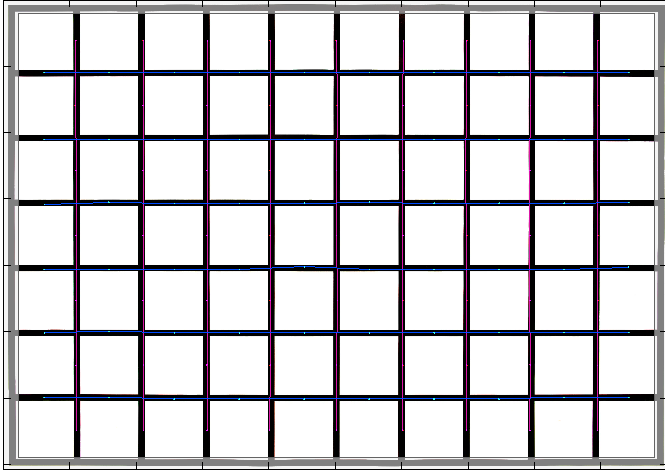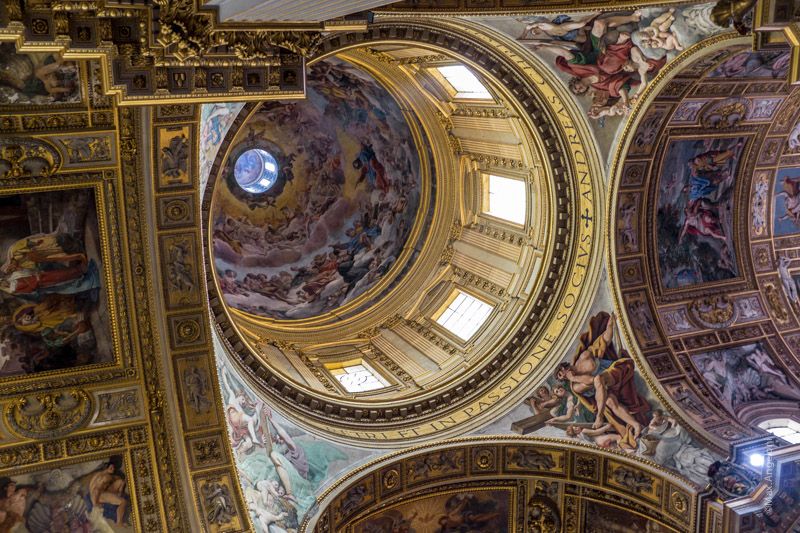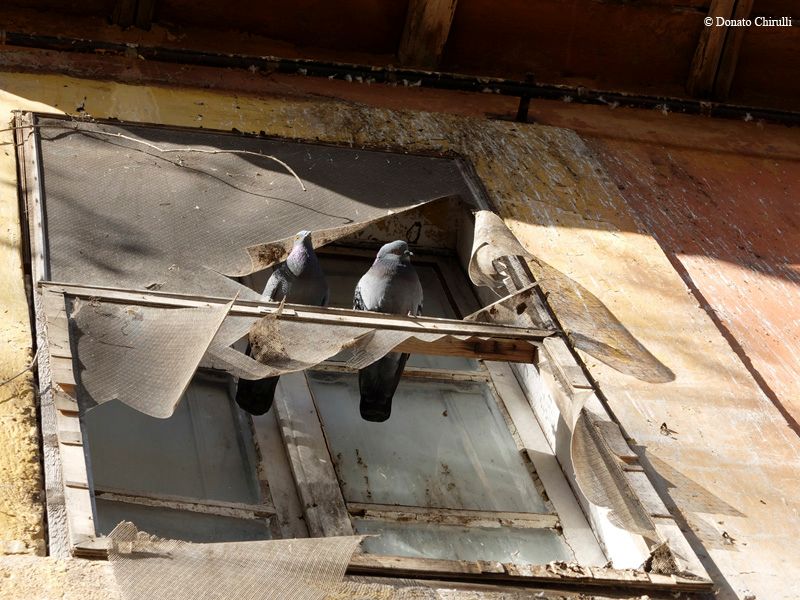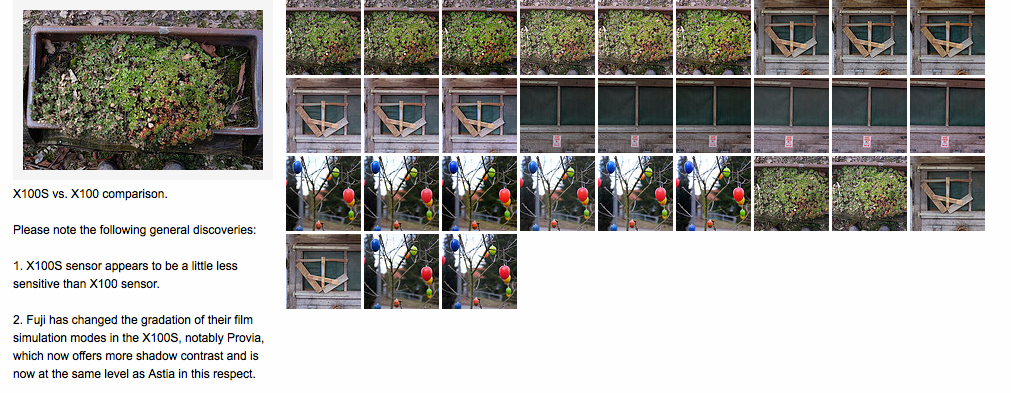X-E1 + XF 14mm
XF14mm [shopcountry 8628] / X-E1: [shopcountry 8614]
The photozone test report can be read here. Some PROS: “The Fujinon XF 14mm f/2.8 R is a highly attractive ultra-wide lens with few shortcomings. The most important factor for an ultra-wide lens is certainly image sharpness and the Fujinon delivers here. It is bitingly sharp in the image center and good to very good in the outer image region. […] very low CA [… ] Distortions are basically absent – even in RAW data – which is surprising for such a wide lens and even more so for a mirrorless one.” CONS: “The primary weakness of the Fujinon is the very high amount of vignetting. Most RAW converters as well as the camera (JPEGs) can (mostly) compensate this automatically though. […] lack of weather sealing”
image courtesy: photozone (XF 14mm distortion)

Ken Rockwell’s comprehensive X-E1 review can be read here: “The X-E1 is an excellent camera for people photos and for people who want a lightweight camera that performs as well or better than DSLRs. Its color rendition for people is superb, but not very good for nature and landscape snaps.” He also posted his XF14mm review here. “The Fuji XF 14mm f/2.8 ASPH is an extraordinary lens. When a lens is just about optically and mechanically perfect, there isn’t much to say, other than to get one.“
photographyblog XF14mm review (click here): “The Fujifilm XF 14mm F2.8 R’s auto-focus system is its minor weak-point, with a slight delay before locking focus and a rather loud mechanism. On the plus side it offers a generously wide focusing ring, a very welcome aperture ring which makes it quick, easy and precise to set this key element of exposure, and an innovative focus collar for quickly switching between auto an manual focus, the latter coming complete with a focusing distance scale with depth-of-field markings that makes it easier to zone-focus.“
XF14mm at ephotozine here. The PROS: Extremely sharp in the centre. Excellent sharpness towards the edges when stopped down. Lightweight. Useful hyperfocal scale. Excellent build. Virtually no distortion. Low CA levels CONS: Falloff of illumination towards the corners can be quite pronounced.
thephoblographer XF14mm review: some CONS: a bit slower than the 35mm f1.4 X – wish that the focusing and aperture rings were smoother – wish that it could focus closer, even with the macro setting activated and PROS: Excellent sharpness when stopped down. When using a studio light, the specular highlights really make this lens sparkle…
Lasse wrote me this email: “Hi, I thought you might like to link to the first Scandinavian review of the X-E1 with the [shoplink 8625]XF 18-55mm[/shoplink]. Earning six out of six stars, where image quality weigh’s a good 50 percent, when the total is added up. It’s published in Swedish, Danish and Norwegian, and here’s a link to one of them. (english version)”
Nikon Coolpix A vs X100s specs comparison
Based on the specs comparison, thenewcamera recommends you to buy the X100s. Both cameras feature an APS-C sensor and don’t have a low-pass filter. The X100s beats the Nikon Cooplix A almost in every aspect, except the image stabilization and size/weight… oh, and it’s also cheaper. Click here to read more.
Check in stock info and price at
Nikon Coolpix A: [shopcountry 8820]
Fuji X100s: AmazonUS / BHphoto / Adorama / AmazonDE / AmazonUK / AmazonITA /
FinePix HS50EXR
From the conclusions of pocket-lint (read the review here): “We like the FinePix HS50EXR a lot: it’s an accomplished superzoom that’s put Fujifilm right back up there and in the mix and shown just what this brand can do. It can hold its head up side by side with the levels of its nearest competitors, it just ought to be a touch more cost effective by comparison.”
Check in Stock info and price at [shopcountry 8722]









